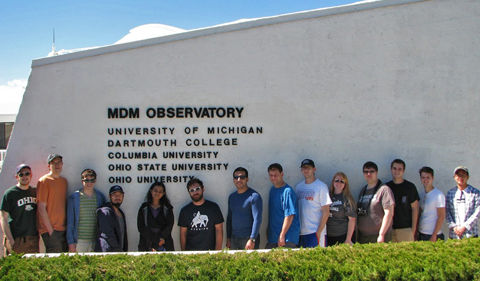
From left: Jacob Williamson, Gabriel Reineck, Michael Jaramillo, Kornpob Bhirombhakdi, Riffat Munir, Joe Pincura, Reza Katebi, Dr. Ryan Chornock, Jamison Lahman, Kylie Holmes, Alex Carroll, Greg Miller, Miles Lindquist, Zhejie Ding Photo: Dr. Joseph Shields at the MDM Observatory.
By Jean Andrews
Physics & Astronomy
Nine undergraduates and four graduate students enrolled in the Advanced Observational Astrophysics lab class set out with their professors to the MDM Observatory near Kitt Peak, a 6,316-foot (1,925 meters) mountain in southern Arizona last fall.
Looking up into the night sky can be a mind-expanding experience, especially while using telescopes on top of a mountain in the Sonoran desert.
Dr. Ryan Chornock, Assistant Professor of Physics & Astronomy, and Dr. Joseph Shields, Professor of Physics & Astronomy, Vice-President for Research and Creative Activity and Dean of the Graduate College, taught the students how to use the equipment and telescopes.
The trip was made possible in part with support from the department and the Honors Tutorial College.
‘Now I Have a Clear Picture’
“It was the best opportunity to learn by doing. I had no idea before how the process of astronomy research is done, but now I have a clear picture,” says graduate student Kornpob Bhirombhakdi.
The MDM Observatory is a research facility operated by a consortium of five universities including Ohio University. The other institutions are Columbia University, Dartmouth College, Ohio State University, and the University of Michigan. In addition, MDM is located on a ridge next to Kitt Peak National Observatory, home to many other telescopes.
From Raw Data to Calibrated Experiments
Class objectives for the students included learning how to use the 1.3 meter diameter McGraw-Hill telescope at MDM and designing a research activity.
“As part of the class, students created their own projects and produced observing proposals just as professionals do for their research,” Chornock explains. “The ability to take data from a modern research-grade facility in person was a key part of the process.”
As part of the trip, the group took daytime tours of several of these other facilities to compare and contrast different designs for telescopes constructed over the last 50 years on the mountain. Highlights included visiting the Mayall reflector, with its 4-meter diameter primary mirror, and the McMath-Pierce Solar Telescope. On their final day, they visited two facilities: the VERITAS gamma-ray observatory, and the Fred L. Whipple Observatory, a field installation located south of Tucson at the base of Mt. Hopkins.
One of most rewarding aspects of the trip for Chornock was to see how invested the students became in ensuring the success of their projects.
“After we returned to Athens, they worked extremely hard for the rest of the semester to convert the raw data taken at the telescope to actual calibrated scientific measurements. I was very pleased with the students’ final results, presented at the end of the semester as both written research papers and in the format of a mock oral presentation session of an American Astronomical Society meeting,” he said.
‘Fascinated to See Gigantic Telescopes at Work’
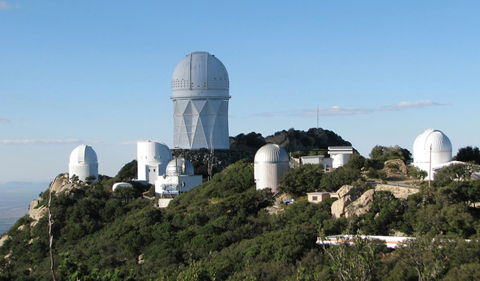
Located on the southwest ridge of Kitt Peak, the MDM Observatory has a 2.4-m Hiltner telescope and 1.3-m McGraw-Hill telescope plus several CCD detectors, spectrographs, and other instruments used by astronomers. Photo: Jacob Williamson
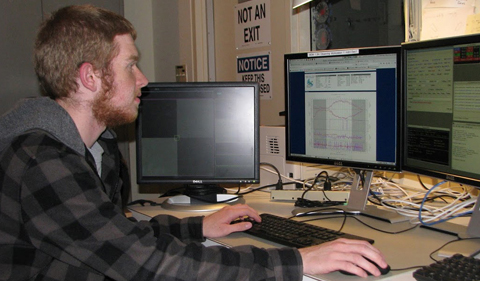
Undergraduate student Jacob Williamson: “The best part of the trip was getting to open up the 1.3 telescope dome and watching the telescope move. I learned a lot about telescopes—how they are built, how they work, and most importantly, how to use one.” Photo: Dr. Joseph Shields

Graduate student Reza Katebi: “We learned the scientific steps needed to move from experimental data to real scientific information about the universe. I was fascinated to see gigantic telescopes at work. I actually controlled the 2.4-meter telescope and took data for my research on tidal disruption events—where a super massive black hole rips apart a star and swallows it!” Photo: Jacob Williamson
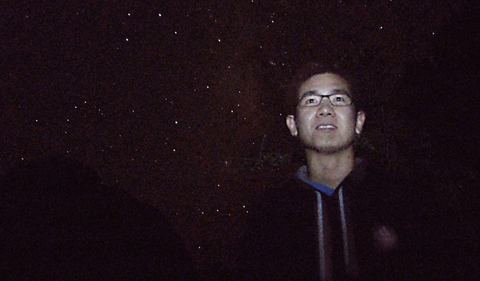
Astrophysics graduate student Zhejie Ding: “This is the first time I saw the Milky Way with my own eyes. It’s extraordinarily spectacular to see our galaxy!” Photo: Reza Katebi/Jacob Williamson
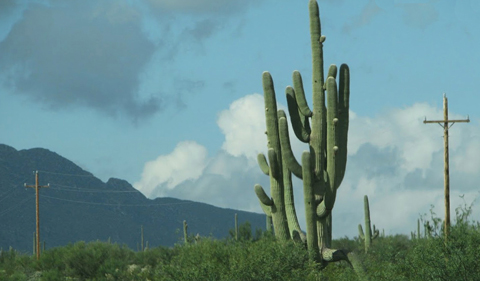
Saguaro cacti grace the hills along the highway to and from Kitt Peak. Undergraduate Jacob Williamson explains: “The most striking thing about the landscape is how it’s both flat and mountainous at the same time. Once we reached our destination, the dry heat Arizona is famous for was replaced with cooler mountain air. Many of us wore jackets or sweatshirts much of the time. Once you’re at the peak, you could see for miles in every direction.” Photo: Jacob Williamson
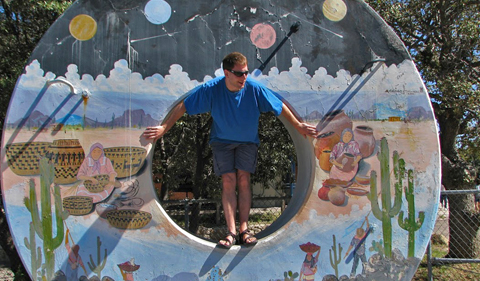
Dr. Ryan Chornock stands outside the Kitt Peak National Observatory (KPNO) Visitor Center. KPNO, part of the National Optical Astronomy Observatory, supports the most diverse collection of astronomical observatories on Earth for nighttime optical and infrared astronomy and daytime study of the Sun. Photo: Jacob Williamson
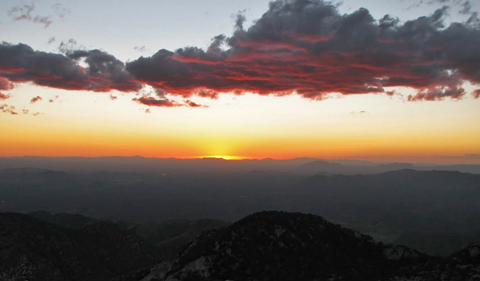
Jacob Williamson: “Kitt Peak is one of the highest mountains in the area; most of the surrounding mountains looked like hills by comparison.”






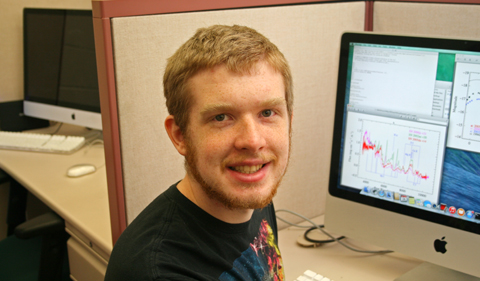













Comments